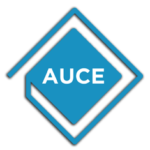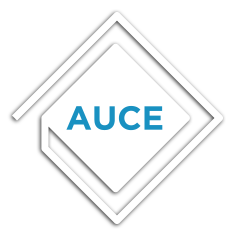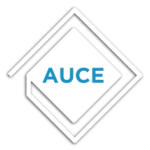Feasibility Study and Budgeting
Course Code:
Course Hours:
Contact Hours / Week:
Prerequisite:
Co-requisite:
Course Description:
Modern businesses are an epitome of uncertainty and complexity. Over the period, this uncertainty and complexity in business has led to the development of various managerial tools, techniques and procedures useful in managing business successfully. A feasibility study is an important step in business development. It will help you understanding the concept of a feasibility analysis and what it means for business development. The elements to include in a feasibility study vary according to the type of business venture analyzed and the kind of market opportunities identified. The success of a feasibility study is based on the careful identification and assessment of all of the important issues for business success. Depending on the business project, additional items may also be important.
The course uses a mix of interactive techniques, such as brief presentations by the consultant and the participants, group exercises and case studies. The course also includes building a feasibility study model and a costs budget by the students. Of all these, budgeting is the most common and widely used standard device for planning and control. This course provides fundamental understanding of budgeting, budgeting process and includes a practical guide for preparing and mastering financial budgets.
Course Learning Outcomes:
Upon successful completion of this course, students will be able to:
- Describe capital budgeting decisions and use the net present value (NPV) method to make such investment decisions.
- Evaluate projects using sensitivity analysis.
- Identify reasonable techniques to estimate or forecast relevant cash flows.
- Compute the after-tax net present values of projects.
- Explain the after-tax effect of cash on disposing of assets.
- Compute the impact of inflation on a capital-budgeting project.
- Use the payback model and the internal rate-of-return model and compare them.
- Understand how companies make long-term capital investment decisions and how such decisions can affect the companies’ financial results for years to come.
High Quality Education with Reasonable & Affordable Prices
Apply NOW and Benefit from Financial AID program


